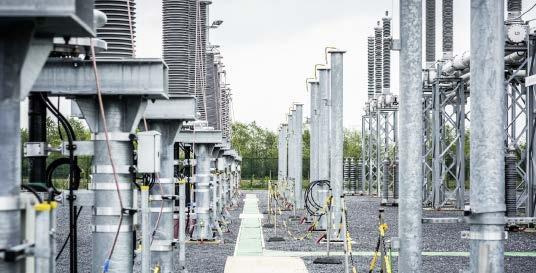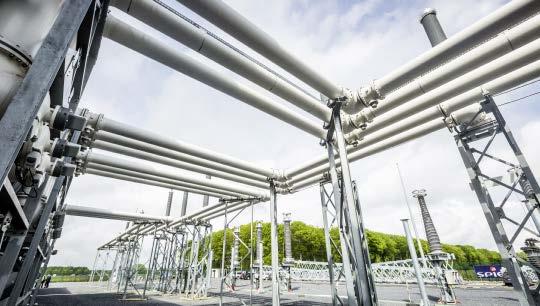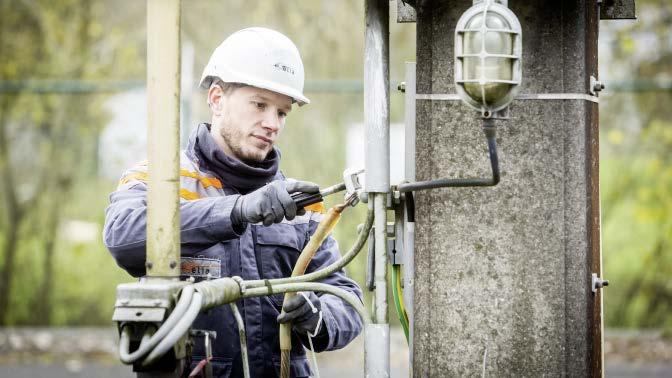
2 minute read
way forward, at least in a first stage
5 .3 CONCLUSION: A TARGETED AUCTION AS PRAGMATIC WAY FORWARD, AT LEAST IN A FIRST STAGE
The overall goal should be to ensure that necessary resources to maintain adequacy are built on time and at the least cost for society. In this respect it is important to bear in mind the overall picture and not only focus on the direct cost of the mechanism installed. The overall picture is measured by welfare gains and not only by the cost to finance such a mechanism. For instance, it may be the case that mechanisms aiming for in-the-market capacity, particularly market-wide CRMs, have a higher direct cost for financing the mechanism than mechanisms based on out-of-market capacity. However, indications are that despite a likely higher direct cost of the mechanism, the overall (and consumer) welfare gain still outperforms mechanisms with out-of-market capacity. The underlying driver is likely to be the higher average prices (due to the occasional, but structural price spikes) in the case of out-of-market mechanisms. From a pragmatic point of view with a strong focus on readiness by 2025, and bearing in mind welfare and price level considerations, opting for a one-shot operation with targeted auctions aiming for the substitution of closing capacity of at least 3.6 GW may be a promising solution that needs further elaboration in the short term. Although subject to several uncertainties, such a mechanism may have a reasonable chance to be up and running by 2020 leaving sufficient time for new capacity resources to be developed by 2025. Depending on further investigation, such a mechanism based on targeted auctions could also be conceived as a first step towards a market-wide CRM. However, more work is needed to evaluate whether such a CRM mechanism – possibly in a regional coordinated way – could be a structural solution to longer term adequacy issues in Belgium. If so, this could then be developed in parallel, but at a rhythm that allows for a careful design tailored to the Belgian situation for the medium and longer-term and in accordance with the best practices in this respect.
CONCLUSIONS AND MAIN POLICY CHALLENGES 06
6.1 — METHODOLOGY AND ASSUMPTIONS 6.2 — DECARBONISING THE ELECTRICITY SYSTEM 6.3 — ECONOMIC SCENARIO ASSESSMENT 6.4 — ADEQUACY: TO KEEP THE LIGHTS ON 6.5 — MARKET DESIGN: HOW TO REACH ADEQUACY AT THE LEAST COST 6.6 — SCENARIOS FOR THE NUCLEAR PHASE-OUT 6.7 — GRID AND INTERCONNECTOR DEVELOPMENT 123 124 125 126

127 127 128
In this chapter, we will first give a factual overview of the main assumptions and methodology which are crucial for the interpretation of the results of the study. Then we will summarise the main findings and conclusions of the study, grouped along the three pillars of the Energy Trilemma. Based on these findings, we will list some policy suggestions concerning: — market design for system adequacy and competitiveness around the nuclear phase-out; — grid development and its cross-border interconnections.







